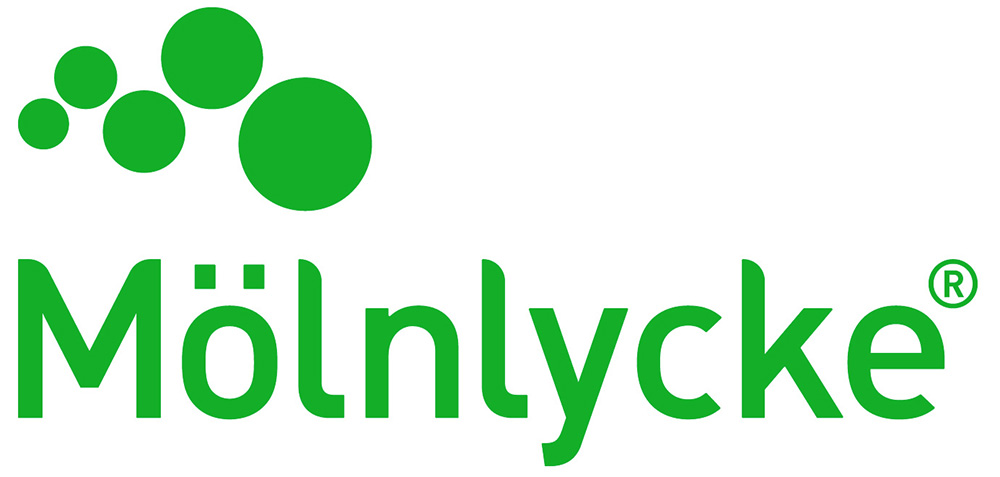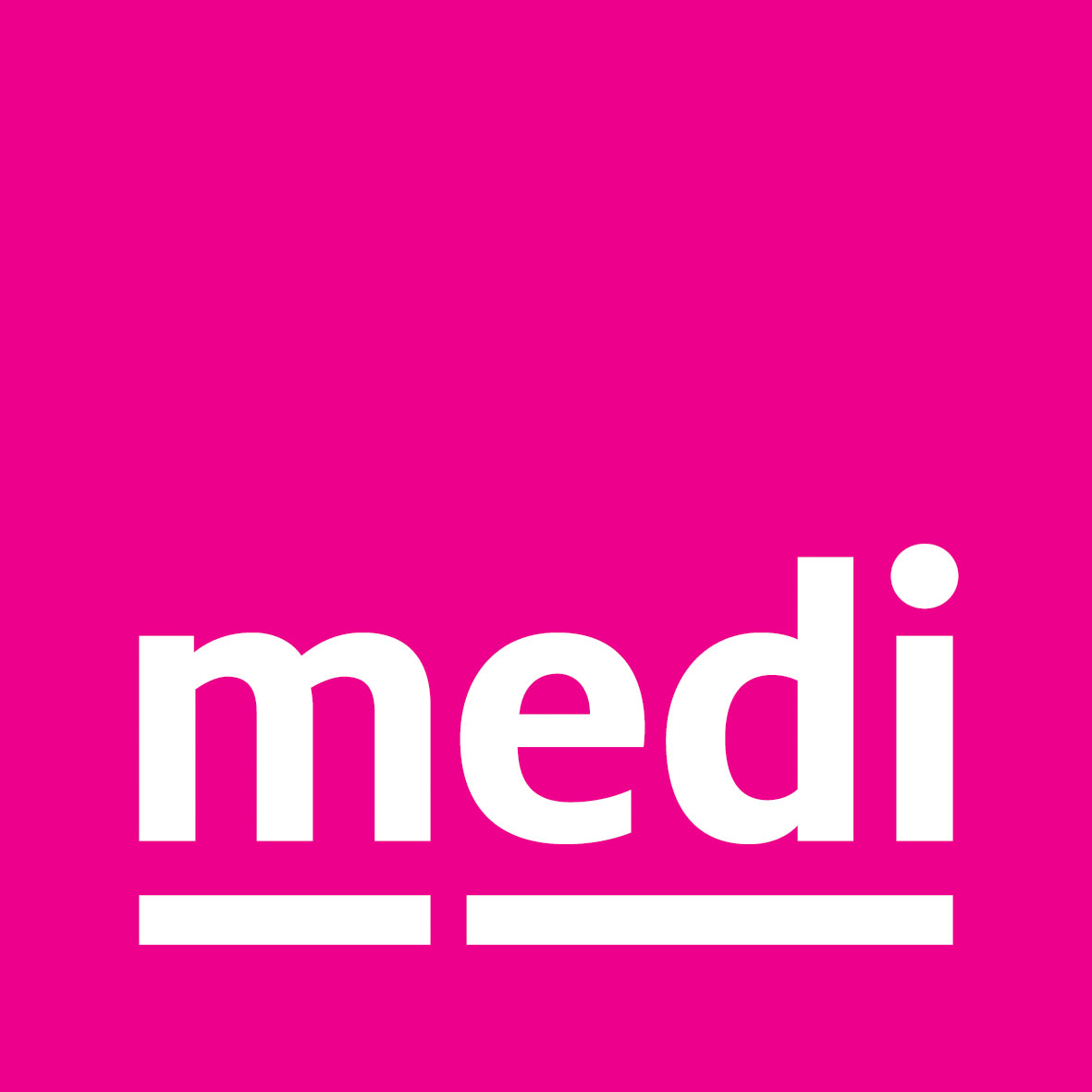Dr. Matthew G. Garoufalis

Dr. Garoufalis is a Past President of the American Podiatric Medical Association and is the Past President of the International Federation of Podiatrists.
Dr. Garoufalis was a Senior Attending and the former Podiatric Surgery Residency Director at the Jesse Brown VA Medical Center and was also an Attending Physician at Hines VA Medical Center.
He is a Life Member of the Association of Military Surgeons of the United States and is a current member of the International Association of Diabetic Foot Surgeons.
He is a Clinical Associate Professor of Podiatric Medicine and Surgery at the Western University of Health Sciences.
He has a private practice in Chicago and is part of the Advent/University of Chicago Health System. Dr. Garoufalis is Board Certified by the American Board of Podiatric Surgery and the American Board of Podiatric Medicine with Added Qualification in Wound Care and Limb Preservation. He is a Founding Fellow of American Society of Podiatric Surgeons and a Fellow of American College of Podiatric Medicine.
Dr. Garoufalis is a Fellow of the Faculty of Podiatric Medicine of the Royal College of Physicians and Surgeons of Glasgow, and a Fellow of the Royal Society of Medicine. Dr. Garoufalis is also the Chair of the Alliance of Wound Care Stakeholders.
Dr. Garoufalis is currently the President of the American Board of Podiatric Medicine – International, and the Chief Medical Officer for Advanced Oxygen Therapy, Inc. He is a noted, award winning researcher and author of many articles and, as an invited speaker, has accepted speaking engagements for educational lectures, seminars, and workshops, both nationally and internationally, on a variety of topics pertinent to wound care, limb salvage, podiatric medicine and surgery, and practice management. He is considered a Key Opinion Leader in many areas.
Presentation at the Advances in wound care study day
The role of oxygen in wound healing
Aim: To demonstrate how the use of externally supplied oxygen, under positive pressurisation, and cyclical compression, can be an effective adjunct tool in the healing of chronic wounds.
Method: Multiple studies, both RCT’s and Real World Evidence studies, have shown that using oxygen under pressure is of benefit in healing chronic wounds and up-regulates and accelerate many wound healing functions, There are now out-patient modalities available that can be used in the patients home that can accomplish this.
Results / Discussion: Local tissue hypoxia, caused by changes in the surrounding vasculature, is a key factor that limits wound healing in the chronic wound. Oxygen is needed at every level of wound healing in order to move the wound through the predictable wound healing cascade. When this is interrupted, that application of oxygen under pressure can restart the wound healing process. Using pressurised topical oxygen therapy and cyclical non-contact compression, now allows more patient to have access to the benefits of this type of treatment adjunct to aid in the successful treatment and closure of their wounds.
Conclusion: Cyclically pressurised non-contact oxygen therapy may be used as a treatment adjunct for chronic, acute, and difficult to heal wounds of the foot and leg with proven success.














